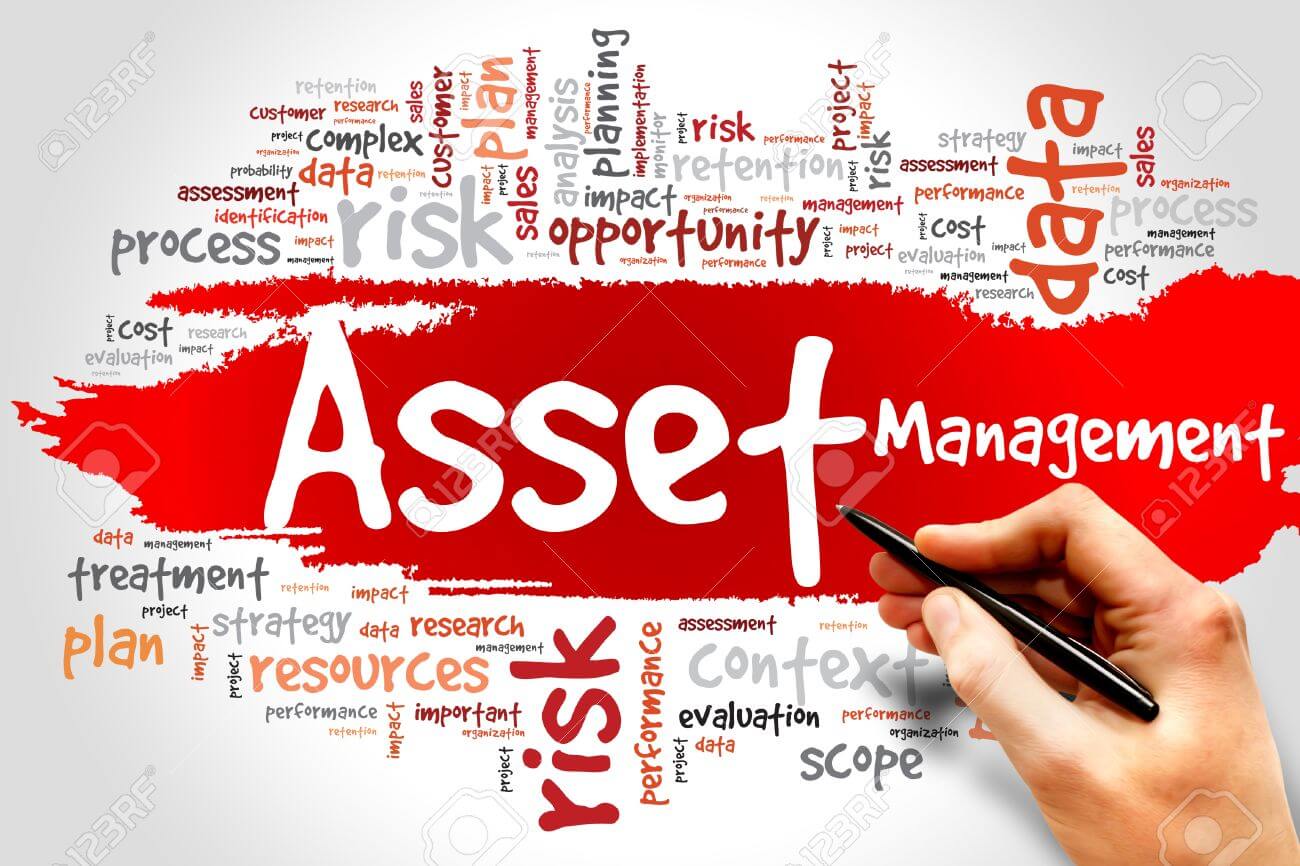Asset Building 101: Everything You Need to Know
[ad_1]
Table of Contents
In today’s economy, the concept of asset building is not just a strategy for the wealthy but a fundamental cornerstone for securing a stable financial future for individuals at all economic levels. Asset building represents a proactive approach to wealth creation, focusing not only on saving money but also on acquiring assets that can generate income, appreciate in value over time, or provide a hedge against inflation. From real estate and stocks to mutual funds and equity, understanding how to accumulate and manage these assets is crucial for increasing one’s net worth, ensuring cash flow, and laying the groundwork for financial independence and security.
This article explores the essentials of asset building, breaking down the myriad types of financial assets into tangible and intangible categories, such as savings accounts, bonds, and diversification strategies within an investment portfolio. It outlines steps to initiate the asset-building process, integrating practices like leveraging compound interest, developing a solid emergency fund, and optimizing retirement accounts to bolster one’s financial position. Moreover, it delves into strategic asset management techniques, including rebalancing, assessing risk tolerance, and understanding the dynamic between income increase and wealth generation. Through a comprehensive overview, readers will gain insights into how to effectively navigate the path of asset building, aiming to enrich their financial portfolio and achieve lasting wealth creation.
Understanding Asset Building
Definition of Asset Building
Asset building is a proactive strategy aimed at increasing an individual’s, company’s, or country’s economic base by acquiring resources that offer potential future benefits . These resources, or assets, can range from tangible items like real estate and machinery to intangible ones such as patents and copyrights. The essence of asset building lies in the expectation that these assets will provide economic returns, enhance wealth, or contribute to financial stability over time.
Importance of Assets
Assets play a crucial role in stabilizing and enhancing the economic well-being of individuals and communities. For many, assets such as savings accounts, business ownership, or educational qualifications provide a buffer against financial emergencies, allowing them to maintain stability during economic downturns . A staggering 63% of families of color, for instance, do not possess sufficient liquid assets to sustain themselves at the poverty level for three months without income . This statistic underscores the critical nature of asset accumulation as a means of securing economic resilience.
Moreover, assets are instrumental in breaking the cycle of poverty. They enable individuals to invest in their future through education, start businesses, or purchase homes, which are foundational steps towards long-term economic independence. For communities, particularly those in rural areas, assets like natural resources and local skills form the backbone of sustainable development. These assets not only support the livelihoods of individuals but also foster community cohesion and growth .
In addition, effective asset management is vital for both personal and business success. It involves the strategic acquisition, maintenance, and utilization of assets to maximize their value and contribute to overall financial health. Businesses that manage their assets efficiently are likely to see cost savings, enhanced operational efficiency, and better strategic decision-making capabilities .
Understanding and leveraging assets, therefore, is not merely about accumulating wealth but also about fostering economic stability and creating opportunities for advancement and growth within communities.
Types of Assets
Financial Assets
Financial assets are essentially intangible and represent ownership or debt relationships, deriving value from contractual claims. These assets are more liquid than other types of assets and include a wide array of financial instruments such as bonds, equity shares, derivatives, and insurance contracts . They are crucial for providing the flow and transfer of capital among investors worldwide. Financial assets can be divided into cash instruments, like bank deposits and loans, and derivative instruments, which are based on the value of underlying assets like stocks or commodities .
Tangible Assets
Tangible assets are physical and measurable, used directly in the operations of a business. These assets include land, buildings, machinery, vehicles, and office equipment. Tangible assets can be categorized into current assets, which are short-term and include cash and inventory, and fixed assets, which are long-term and include property and equipment. The value of tangible assets is recorded on the balance sheet and is depreciated over time except for current assets like inventory, which are typically converted to cash within a year .
Intangible Assets
Intangible assets, unlike tangible assets, have no physical substance but are critical to a company’s value. These assets include intellectual properties such as patents, trademarks, copyrights, and business methodologies. Intangible assets are often intertwined with tangible assets and are crucial for the operational success of businesses, especially in today’s economy where they can account for more than 80% of a company’s value . They must be identifiable, legally ownable, and separable from real property to be considered true assets. Additionally, these assets are typically not recorded on balance sheets unless they have been acquired at a measurable cost .
Steps to Start Building Assets
Increasing Income
To initiate the journey of asset building, one must first focus on increasing their income. The foundation for asset accumulation is a robust income stream that allows for both meeting immediate needs and investing in future assets. Engaging in further education and skill development is a strategic move to enhance earning potential. Advanced degrees and industry-specific certifications can significantly boost an individual’s marketability and career prospects. Moreover, starting and nurturing a business remains one of the most effective methods to create a substantial and sustained income. Entrepreneurs often experience a higher return on investment, not only financially but also through acquiring invaluable insights into financial management and business operations .
Saving Money
Parallel to increasing income, effective saving strategies are crucial for asset building. Setting up automatic transfers from checking to savings accounts ensures a consistent saving habit without requiring daily attention. Utilizing technology, such as savings apps, can further streamline this process, making it less cumbersome and more consistent. For those inclined towards manual methods, setting aside change daily can gradually build a considerable savings pool. Additionally, conscious spending in daily life, like using cash for transactions to avoid impulsive purchases, contributes significantly to saving goals. Engaging in cost-saving measures such as using cash-back credit cards responsibly, and shopping during sales can amplify the effects of saved money, turning it into a powerful tool for asset building .
In summary, the dual approach of augmenting income and implementing rigorous saving strategies forms the cornerstone of successful asset building. By focusing on these fundamental steps, individuals can lay a solid foundation for financial growth and stability, paving the way for a secure and prosperous future.
Strategies for Effective Asset Building
Investing in Stocks
Investing in stocks is a fundamental strategy for asset building, offering the potential for significant returns. Individuals can choose between purchasing individual stocks or investing in diversified options like mutual funds and exchange-traded funds (ETFs). Diversification is crucial as it reduces the risk associated with individual stocks and can improve overall returns . For those new to the stock market, starting with an online investment account to buy stocks or stock-based funds is advisable . It’s essential to approach stock investments with a long-term perspective, continually adding funds to build wealth over time .
Real Estate Investment
Real estate investment stands as a robust method for asset building, characterized by its potential for appreciation, rental income, and tax advantages. Investors can engage in direct purchase of properties or participate in real estate investment groups (REIGs) and real estate investment trusts (REITs).
REIGs offer the opportunity to invest in rental properties without the day-to-day management responsibilities, as these are handled by a managing company which takes a percentage of the rent . REITs, on the other hand, allow investors to buy shares in income-producing real estate, providing dividends and the benefit of not having to manage physical properties . Additionally, strategies like house hacking, where an investor lives in part of their investment property, can significantly reduce living expenses while building equity .
Debt Reduction
Reducing debt is an integral part of asset building, as it frees up resources that can be redirected towards investment opportunities. Strategies such as debt consolidation through home equity loans or lines of credit can simplify financial management and reduce interest rates . Home equity loans offer fixed rates and predictable repayment terms, while home equity lines of credit provide flexible access to funds with the option to pay interest only during the initial draw phase . For those overwhelmed by debt, engaging in credit counseling, refinancing, or even debt settlement can provide structured paths to regain financial stability and focus on asset accumulation .
Conclusion
Throughout this exploration of asset building, we’ve navigated the intricate pathways of financial assets, tangible and intangible assets, and the pivotal steps to begin the journey towards economic empowerment. By delving into various asset classes, from real estate to stocks, and underscoring the importance of strategic investment and debt reduction, the article aimed to equip readers with the knowledge to initiate robust wealth creation strategies. Emphasizing the dual approach of augmenting income alongside disciplined savings practices, it laid down a foundational blueprint for anyone looking to secure a financially stable future.
The significance of asset building in achieving long-term financial independence and economic resilience cannot be overstated. As demonstrated, understanding and leveraging different types of assets, coupled with prudent financial management, form the bedrock of successful asset accumulation. Readers are encouraged to apply these principles, embrace continuous learning, and explore further research or professional advice to navigate their personal asset-building journey effectively. This holistic approach to wealth creation not only promises personal and financial growth but also contributes to broader economic stability and prosperity.
The post Asset Building 101: Everything You Need to Know appeared first on MONEY6x.
[ad_2]
Source link






